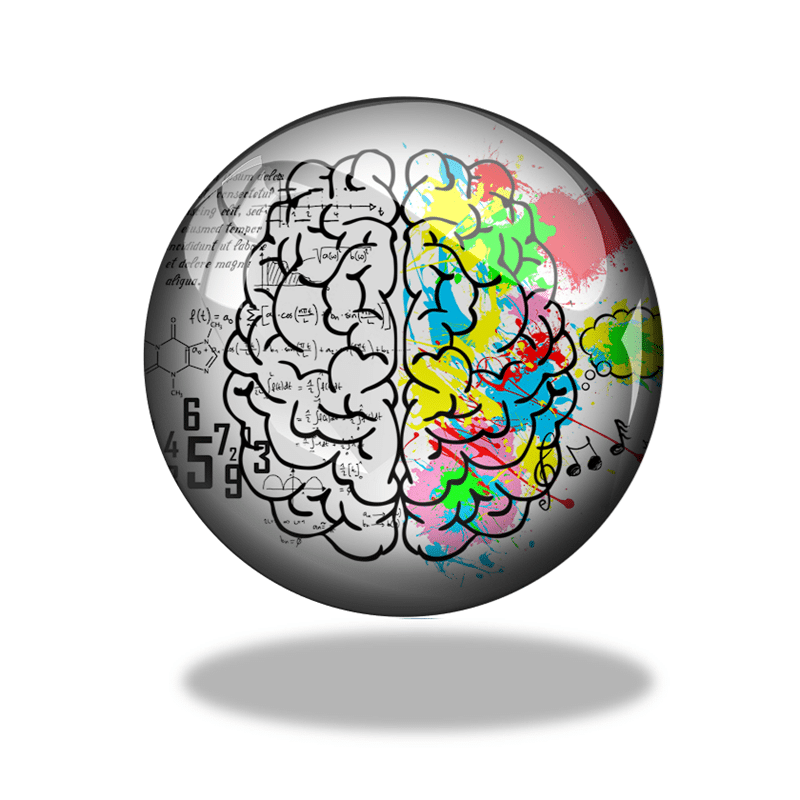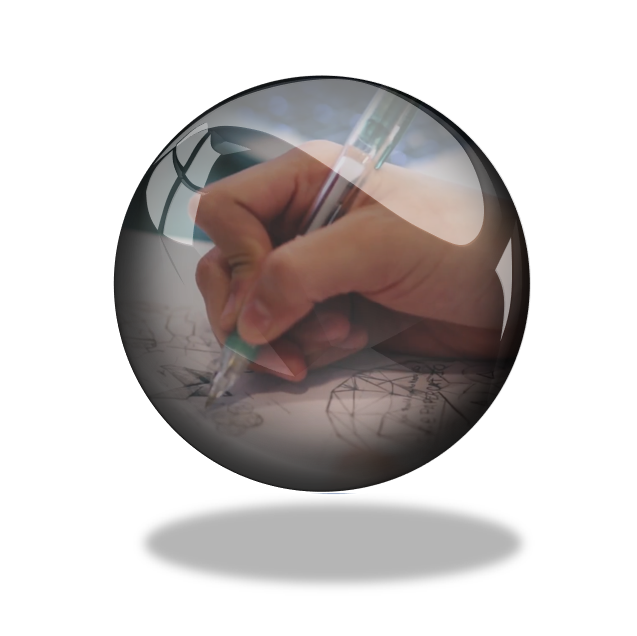Introduction:
Navigating Complexity with a Balanced Mind
The Situational Leadership Model: A Guide for Personal Growth
The Four Phases of Inner Leadership
- Direct (Tell): Start by acknowledging the dominance of your rational mind. It’s your go-to for decision-making, but also the gatekeeper that often blocks the intuitive insights from your subconscious.
- Persuade (Sell): Begin to open up to your subconscious. Let it know that while the rational mind holds the reins, there’s room for the intuitive thoughts to surface. It’s about saying, “Show me what you’ve got,” and being open to the creativity that arises.
- Support (Coach): As your intuitive side starts showing its potential, learn to nurture it. Understand its strengths and how it complements your rational thought processes. This stage is about building a partnership between the two sides of your mind.
- Delegate (Empower): Finally, reach a stage where your rational and intuitive minds coexist in harmony, seamlessly switching roles to leverage each other’s strengths. This is the pinnacle of self-leadership, where you fully harness your inner genius.
Applying Situational Leadership Internally
- Acknowledge Your Growth Potential: Understand that engaging more with your creativity and intuition is a journey that starts with self-awareness and openness to internal dialogue.
- Embrace Challenges as Opportunities: Use everyday challenges as a training ground for your subconscious. Recognize that it’s like a muscle that needs to be exercised and strengthened over time.
- Constructive Collaboration: As your confidence in your intuitive side grows, actively seek ways for both halves of your mind to collaborate on real-world problems.
- Continuous Reflection and Development: Regularly review and refine how your rational and intuitive minds work together. Celebrate the successes and learn from the challenges.
Resources
Conclusion
More from Culturistics:
Culture eats strategy for breakfast – but what sort of strategy are you feeding it?
Facilitating mental wellbeing – The power of adventure in keeping our minds fit & healthy.
Patterns of collaborative excellence – Rediscovering the lost wisdom of design.
Prescient emotional knowledge management – do you have what it takes?















